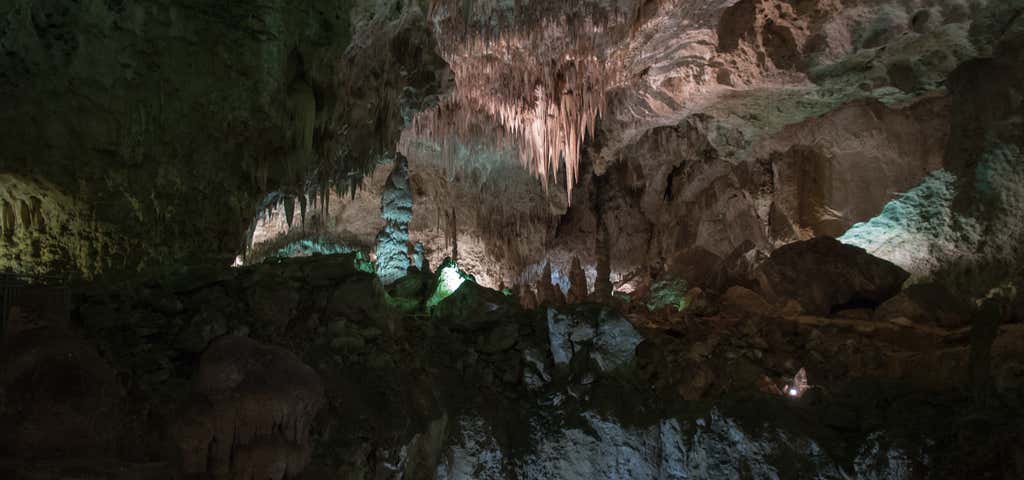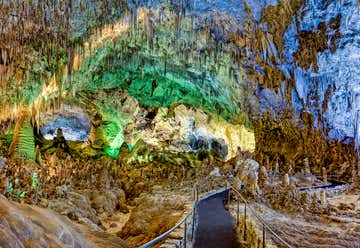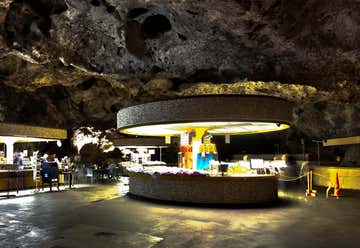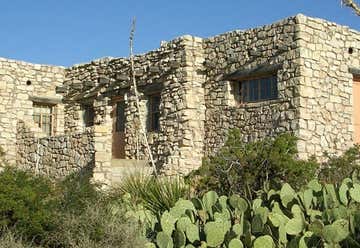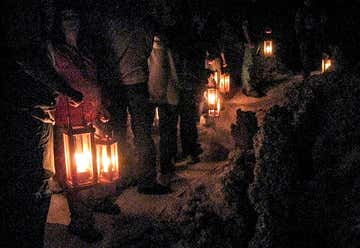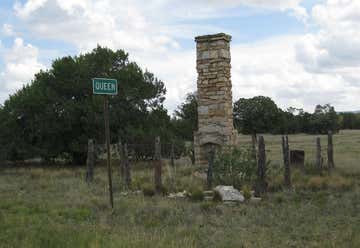Carlsbad Caverns National Park is probably the only park in the system where rangers are discovering more of it every day. Today, the caves are some of the most-visited in the country, with over 116 known caverns to explore. Guests can take both self-guided and ranger-guided tours of the magical underground world. With so much to see in the caves, it can be tough to decide where to start your adventures in Carlsbad... use this handy guide to help you figure out what you should see and do!
Some tips for visiting Carlsbad Caverns National Park:
-The ranger-led tours of the caverns are really great. They guide you through some of the lesser-seen rooms. Many require advance reservations and fill up fast, so check their website to decide which tours you want to take and when, and call to reserve a spot. Some also cost a little extra money as well. Otherwise, get there early in the day to see what's available! -There are two self-guided trails that those who are short on time can check out: the Natural Entrance Trail, which descends 79 stories from the mouth of the cave to the Big Room, and the Big Room Trail. -The rangers also offer bat programs at night between April and mid-October. At 7:30, learn about these mysterious creatures and watch nearly 400,000 Brazilian free-tail bats leave the caves for their nightly feedings. -There's an elevator into the cave for those unable to hike the intense switchback trail into the Big Room, and some rooms in the caves are pretty big and easy to navigate, for those who aren't fond of small, dark spaces. -When going into the cave, remember that you can only bring plain water with you (because the cave is home to a delicate ecosystem) and that you might want a jacket or a sweater, since it's cooler underground. There's a snack bar inside, though, in case you get hungry.
Carlsbad Caverns National Park is one of the most fascinating and memorable National Parks in the country, and it's home to one of the country's most fascinating and controversial restaurants. The reason? The Carlsbad Caverns lunchroom is located 750 feet underground, right inside the caves.
It all started when Jim White, the man who discovered the caverns, began selling his autobiography in the room that would later become the restaurant. The lunchroom then opened in 1928, two full years before Carlsbad Caverns became a National Park. Back then, there was an actual need for a place to serve food within the caves-- it took tourists 6 hours to hike down into the Big Room, one of the main attractions of the park. Nowadays, the 6 hour hike can be done in a matter of minutes thanks to the elevators.
The restaurant, which allegedly served a million visitors a year during its heyday, even used to sell cigars, which tourists would enjoy with their boxed lunches and beverages-- not the brightest idea, considering the delicate balance required to keep the cave's natural ecosystem healthy. The counters were installed during the 1950's-- only one remains, for old times' sake. Another attraction that's still down in the lunchroom is the mailbox. Tourists can write a postcard and mail it from inside the cave-- and have it stamped with "Mailed from 750 feet below ground".
The changes in the ecosystem thanks to the lunchroom remain an issue, but they've limited themselves to bringing in food that's already been prepared and only heat up stuff in the caves, and they've been working with the NPS to impose other regulations and strategies to reduce their footprint. So feel free to enjoy your sandwich with no guilt!
Looking for a more down and dirty caving experience? Book a spot on a ranger-led tour of Spider Cave. The 3D maze of tunnels will have you climbing and crawling around as you discover incredible cave features, and will make you feel like a true blue spelunker. It's good for beginners and experts, as long as you're alright with tight squeezes and getting a little muddy!
Between the 1920s and 1940s, a good deal of construction went on at Carlsbad Caverns, putting up buildings for visitor and ranger use. Mess halls, dorms, powerhouses, and more were done in Pueblo and Territorial Revival style, and even though many of these buildings were taken down, a few still remain as part of the Caverns Historic District. The cool architecture makes for some killer photographs!
Another rad cave tour offered by the NPS is the Left Hand Tunnel Tour. Rangers will guide you along a primitive, unpaved trail in an undeveloped portion of the cave... and you'll each get a lantern to light the way as you explore the more rugged areas of Carlsbad Caverns. It's a totally old-school cool way to experience the underground tunnels.
Another historic district in Carlsbad Caverns is Rattlesnake Springs. In an isolated unit away from the caverns, this part of the park encompasses a homestead and a natural spring oasis. Explore the old buildings, picnic beside the springs, and keep your eyes peeled for wild turkeys!
There's not a ton on the land above the caverns, but if you look carefully, you might find the Monument to the Flying Paper Boy. Dedicated to beloved Carlsbad resident Frank A. Kindel, who died in a 1963 plane crash while volunteering as a paperboy, dropping off newspapers to hunters in the Guadalupe Mountains. The touching plaque and monument pay tribute to the avid airman and his life.
If you're more in the mood for something laid back, grab grub at Red Chimney Pit Bar-B-Q. Hot links, St. Louis-style ribs, pork shoulder, pecan-smoked chicken, green chile burgers (a New Mexico favorite), turkey, and more mean there's something here for all tastes, and their sides and desserts stack up as well... because no good BBQ feast is complete without sides and dessert!
If you're craving something quick, or just need a jolt of caffeine before hitting the caverns, then head to the Blue House Bakery and Cafe. Located in a vintage old home (yes, it's painted blue!) they serve up sandwiches, breakfast food, and baked goods. Service is quick, the food is fresh, and the vibe is cozy... what more do you need?
The best time of year to visit Carlsbad Caverns National Park is winter, spring or fall. Summers tend to be sweltering hot, with temperatures around 100+ degrees being the norm, and later in the summer, afternoon rains downpour across the desert. However, it's considerably cooler inside the caverns, so don't be too put off by the temperatures if you're planning a summer visit... especially since that's when there are the most ranger programs!
